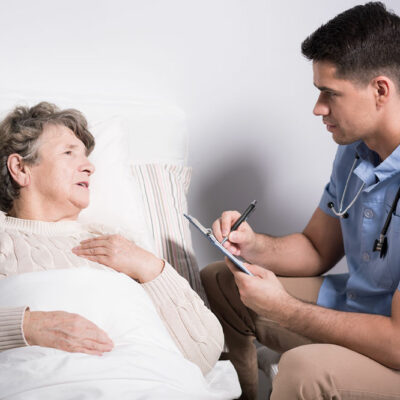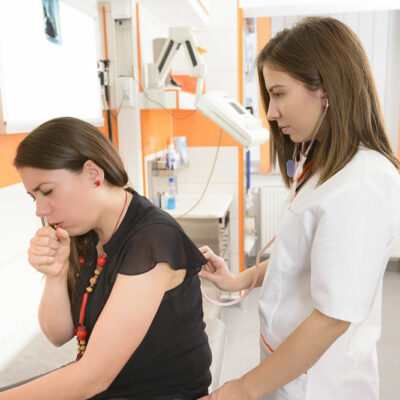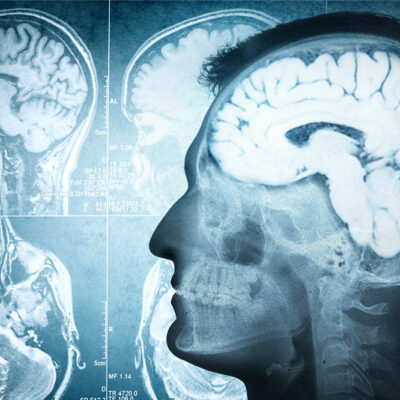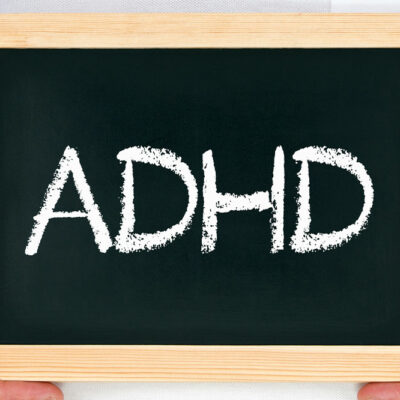
health
7 warning signs one may need dental implants
Our teeth play a crucial role in helping us chew food and speak clearly. They also help improve self-esteem and overall appearance. When tooth loss occurs, it can cause a lot of discomfort. In such situations, dental implants work as a remarkable solution. But how does one know when it’s time to consider them? This post explores a few common warning signs that may indicate the need for dental implants. Persistent toothache Toothaches that persist despite regular dental care and treatment may indicate underlying issues like advanced decay or infection. Extraction might be the only option when the tooth’s structure is compromised beyond repair. In such cases, dental implants can replace the lost tooth, thus alleviating pain and discomfort. An overall decline in oral health A general decline in oral health, characterized by multiple dental issues, may indicate that one’s teeth are not functioning optimally. Dental implants can address most problems simultaneously, restoring the patient’s oral health. Difficulty chewing and speaking Tooth loss can make simple activities like chewing food and speaking challenging. If one finds themselves avoiding certain foods due to discomfort while chewing or struggling with pronunciation, it may be time to explore dental implant options. Implants function like natural teeth and can restore a person’s ability to eat and speak comfortably.




















